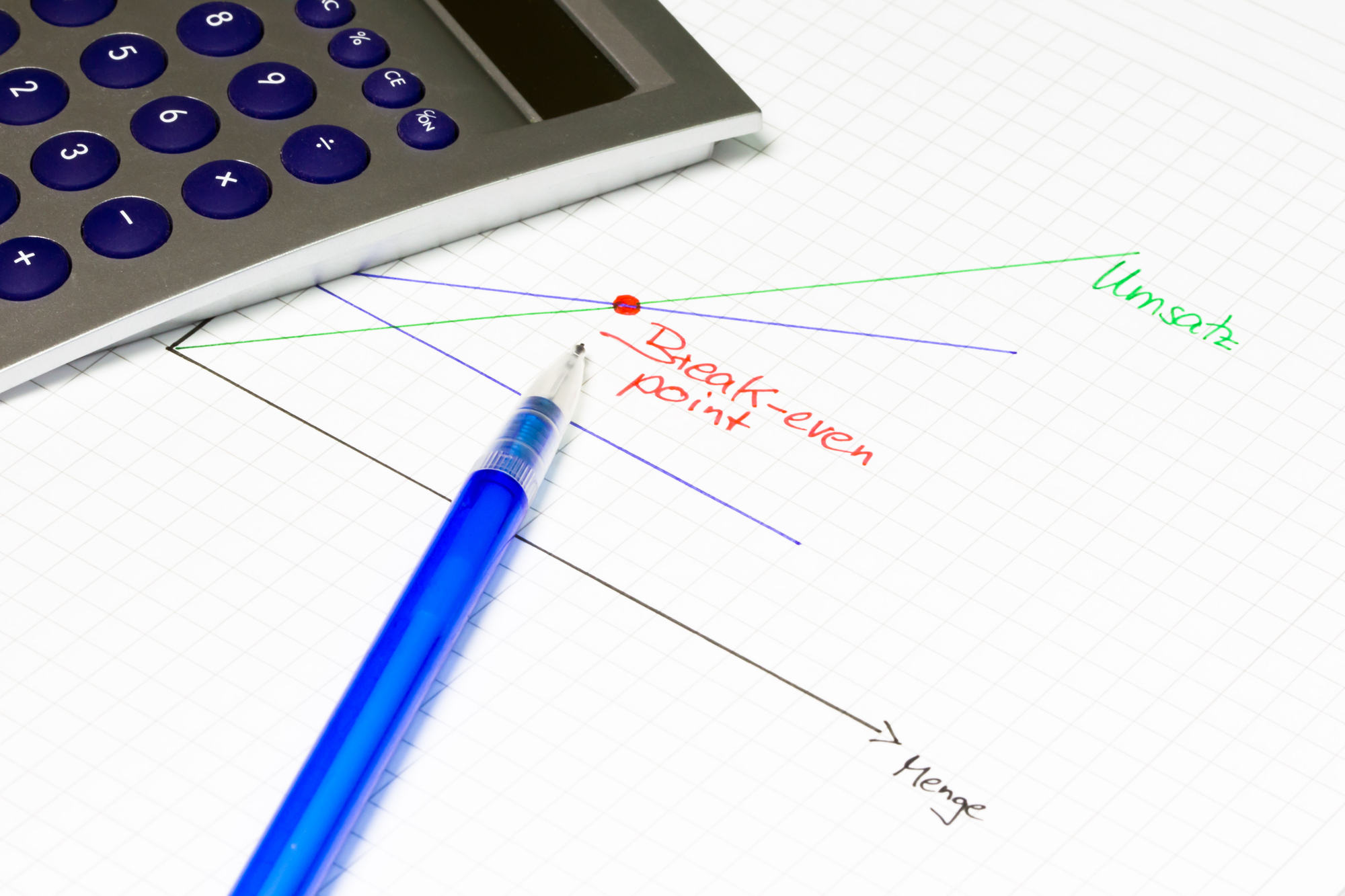Break-even Point Computation
In the previous article, we covered some important pointers on how to be able to use financial information – sales and cost amounts for break-even point computation purposes. Wrong sales or cost amount used for break-even point computation results in overstated or understated break-even point and will lead to unrealistic sales and profit planning.

Determination of the product sales and cost amount is very important in order to achieve successful sales and profit planning. In terms of profit planning, we have the option to Now, we proceed to compute the break-even point sales in units or in terms of revenues by determining the period fixed and variable cost, usually expressed in monthly period. In order to properly determine break-even point, you must be able to know what fixed costs are and the variable costs for selling the product.
There is a need to properly identify which costs are incurred whether a product is sold or not. To make it easier to determine which costs to be included in the determination of the break-even point, which costs are not incurred when a product is not sold. The basic and easy approach for this that apply to both manufacturing and retail business is using the gross margin formula:
Sales Price 50.00
Less: Cost of Sales 30.00
Gross Margin 20.00
Assuming you have the following monthly expenses
| Expense | Monthly payment |
| Salaries | 3,500.00 |
| Rent | 1,000.00 |
| Depreciation | 400.00 |
| Electric & Water bill | 1,200.00 |
| Total Monthly Expenses | 6,100.00 |
To compute for the break-even point in Units use the computation Total Monthly cost divide by Product Gross Margin:
Total Fixed and Variable cost = 6,100.00
Product Gross Margin = 20.00
BES in Units = 305 units
To compute for the BES in Amount, just compute the total number of units by the Sales price per unit which result to S$15,250.00
To prove the result of 305 units in order to break even, we compute:
Sales 305 units @ S$50.00 = S$15,250.00
Less: Cost of Sales 305 Units @ S$30.00 = S$9,150.00
Gross Margin/Profit = S$6,100.00
Less: Monthly Expenses=S$6,100
Profit/Loss from Operations = 0
The above example is just a simple illustration and quick guide in computing the break-even point of the business. In other cases and usually applying to non-specialized retail or merchandising business, the company sells more than one product which require realistic sales planning and achievable sales target. Otherwise, In this case, proper sales planning for product mix should be done in order to properly determine break-even point contribution for each product. In case there are hundreds or even thousands of products being sold, it is always desirable to maintain a fixed gross profit or gross margin percentage for the products. However, it is also noted that there are times assigning a fixed product margin percentage is not possible by reasons of stiff competition among other suppliers. In this case, proper classification of products by group or categories can be done and proper allocation of applicable gross margin rates can also be favorable.
It is very important to remember that proper identification is required for costs that need to be recovered, whether or not the products or services are sold or rendered.